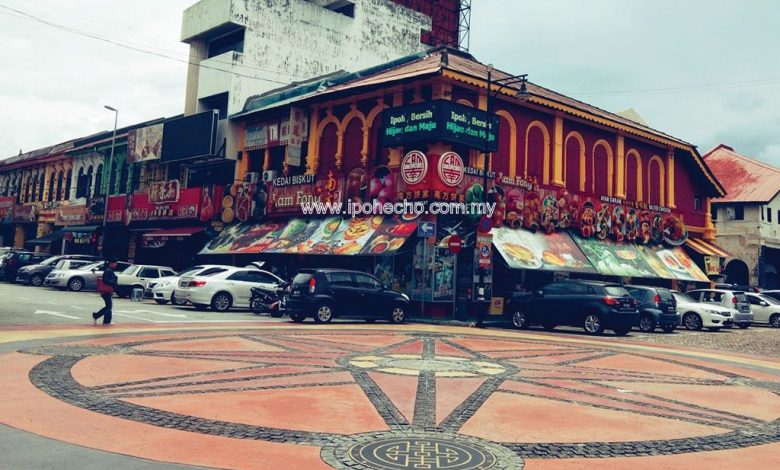Draw Visitors Not as a ‘Food Haven’ Only, But With More Tourism-Related Activities


The city has been accorded various international recognition. Among them are the best city in Malaysia to visit and the best place to retire.
Can the authorities claim that it was through their efforts? Certainly not, just have a good look at the city. Apart from some improvements, there are still lots of uncollected rubbish and clogged drains. Attempts to beautify the city too have not been successful.
In fact, it has even failed to live up to its slogan of “Bersih, Hijau dan Maju (Clean, Green and Progressive). The credit should be given to the private sector, which has been injecting economic growth in the city.
Let us reflect back to the aftermath of the collapse of the tin mining industry and the unsuccessful industrial drive in Perak over two decades ago.
The once vibrant city was then on the brink of dying. About 20 per cent of shophouses had pulled down their shutters and stopped operating their businesses or moved out to other commercial areas.
Somehow a new breed of entrepreneurs emerged with the idea to rebrand the city as a “food haven” and within a few years, it was clear that it was working.
Many old buildings in the New and Old Town sectors were restored and painted with colours that brightened up the city. It even caused the price of the old properties, especially around Panglima Lane in the Old Town sector, to skyrocket.
Soon Ipoh saw an influx of visitors from all over the country and Singapore during weekends and holidays. They come not to see places of attraction, but for the well-known street food. Among them are the chicken tauge and the chicken hor fun, and an assortment of traditional Chinese biscuits.
The majority of those arriving by road would spend enough time to eat and leave for other destinations, while others coming by electric trains and express buses would probably stay overnight in some of the many budget hotels or homestays that have sprung up in the city.
Sadly this is largely confined to the Chinese community. What will happen when this urge of theirs fizzles out?
Well, with some foreign workers taking over the cooking, the quality and original tastes of the food will soon be compromised. Therefore those involved in promoting food need to be cautious by ensuring the quality of the cuisine and biscuits.
Already there have been many complaints about the food and soaring prices to the authorities.
Shouldn’t the city authorities, as well as the state tourism committee, seriously look at how to promote attractions and activities to draw not only the Chinese community but also that of other communities as well as foreign tourists.
Ipoh, which is set within the scenic limestone hills, has so much potential to be developed into a popular tourist destination. What it needs are feasible ideas and plans, not imitating the successes of other countries, such as the floating market and river cruise.
The “RancanganKawasanKhasPekan Ipoh – Bandar WarisanBijihTimah 2020”, which was jointly prepared by the Ipoh City Council and Town and Rural Planning Department, will be a big boost to the city by turning it into a tourist hub based on its historical and cultural aspects. It is to showpiece on the history and diverse cultures of the Malaysian communities in forming a once riverine Malay kampong into a striving tin mining city.
Well, will this ‘rancangan’ ever materialise? Or will it just remain in the archive of the planners’ office? That is left to be seen.
At the moment the authorities appear to have failed. They do not seem to have the energy and desire to see that tourism in the city, and in the state as a whole, prosper.
By Jerry Francis


